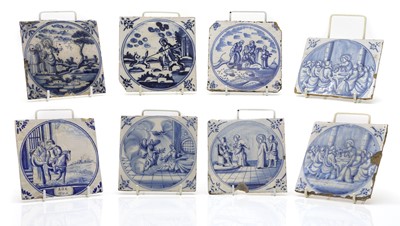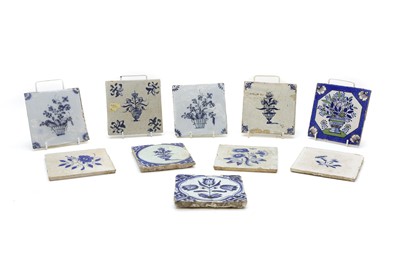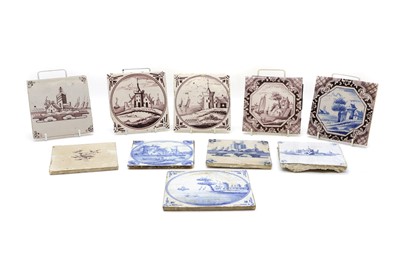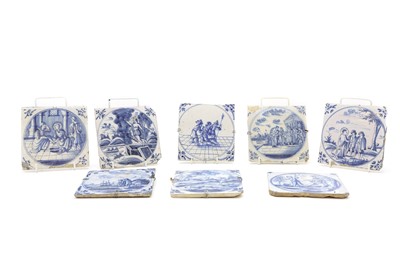Delft Tiles
There are few design features as recognisable as Delft tiles. These Dutch Golden Age favourites have brightened homes for four hundred years with blue and white depictions of landscapes, nautical scenes, mythical creatures or flowers. Although now viewed as quintessentially Netherlandish, their origins lie in 17th-century China, when the East India Company imported goods and skills to Europe.
One of the most popular imports was porcelain, admired by Europeans for its pure colour and glaze. However, this mysterious craft took several years to be mastered on the continent. Instead, Dutch potters sought to imitate Chinese techniques through tin-glaze earthenware.
Along with porcelain, the East India Company also brought wealth to the Netherlands. A new mercantile class arrived, who could purchase commodities previously reserved for the aristocracy. The tiles soon gained popularity in European interiors, favoured for their colours, often amusing pictures, and ease of cleaning.
Today, designers still enjoy and favour Delft tiles for the same reasons. Set against a contemporary backdrop, they provide a romantic connection to the past. Whether a small backsplash or an entire chimney breast, the tiles have an enduring appeal in their uneven, handmade charm.



